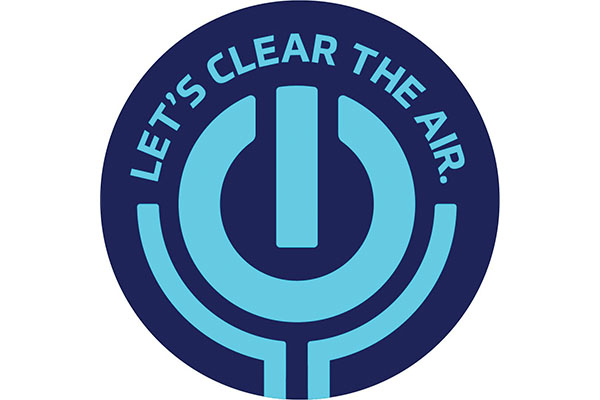Midstream industry opens dialogue about the future of energy
Many use the term “energy transition” to push for energy sources – usually renewable electricity – that they believe will avert the worst effects of climate change. But the midstream industry is asking the public to reconsider what’s possible in a transition toward cleaner energy.

The midstream industry’s “Let’s Clear the Air” campaign seeks to address misconceptions about the safety of pipelines, among other questions about energy production and delivery. For example, 99.8 percent of oil and gas resources are delivered through interstate pipelines without incident. (Source: GPA Midstream Association)
The GPA Midstream Association and GPSA Midstream Suppliers launched a “Let’s Clear the Air” campaign in May to address questions and misconceptions around energy production and delivery and engage in an open dialogue about the evolving future of energy.
For Joel Moxley, president and CEO of GPA Midstream and GPSA, the campaign enables the midstream industry to talk about its vital, but often unseen, role in moving energy from producers to downstream users like refineries and the retail propane industry. It’s a role, he says, will remain vital as energy consumption grows alongside the U.S. population and economy – a trend projected through 2050 in the U.S. Energy Information Administration’s Annual Energy Outlook 2022.
“The ‘energy transition’ terminology that everybody uses right now is as much ‘energy addition’ as it is ‘energy transition’ because as our population grows, as our economy evolves, we’re going to use more energy in the future than we are right now,” explains Moxley.
It’s unlikely the U.S. will replace its energy infrastructure and use entirely different energy sources within 30 years, meaning the carbon-based products midstream moves, like natural gas and propane, will be around for a long time, adds Moxley.
“That doesn’t mean we shouldn’t be doing our part to be environmentally conscious and sensitive and do things to reduce our footprint,” he emphasizes. “We need to be talking about that as well.”
Innovating for the future
To be a player in the energy transition over the next few decades, the midstream industry is working on a number of innovations, including carbon capture, utilization and storage; methane efficiency; zero-emissions production; and hydrogen. It’s also adopting climate-focused environmental, social and governance principles and diversifying business models to find opportunities in electrification and low-carbon oil and gas products.
Moxley says some midstream companies are spending on renewable natural gas facilities based on interest from company investors. Renewable fuels are chemically identical to their conventional counterparts, so handling works the same way. The challenge for midstream lies in sourcing and scaling renewables.
“You’re not going to take a pipeline like Dixie that can move several hundred thousand barrels a day of propane, and then put a batch of renewable propane that’s not big enough to matter through it,” explains Moxley.
It’s still early to tell, says Moxley, but if volumes grow, it may be possible to dedicate more facilities to renewables. Until then, companies will blend renewable and conventional products for delivery to the end user, as they currently do in the natural gas space, and invest in other modes of decarbonization.
For example, the carbon intensity of conventional propane may be lower now than it was 10 years ago due to cleaner production technologies, says Moxley. He urges the propane industry to reevaluate that number with a study, as a lower estimation will only help the propane industry enhance its environmental profile.
Working together
Moxley emphasizes the need for the propane and midstream industries to continue working together during this time of disruption in the energy sector.
“There are applications that are better served by propane than natural gas, and there are some services that are better served by natural gas than propane, so I don’t see them as competing,” says Moxley. “I think they can be complementary.”
For Moxley, anti-fossil-fuel sentiment that doesn’t distinguish between natural gas, propane and coal underscores the need for unity.
“Don’t say things that are negative to other carbon-based fuels because, from an opposition standpoint, we’re all the same,” he says.
Featured homepage illustration: wildpixel/iStock / Getty Images Plus/Getty Images
















